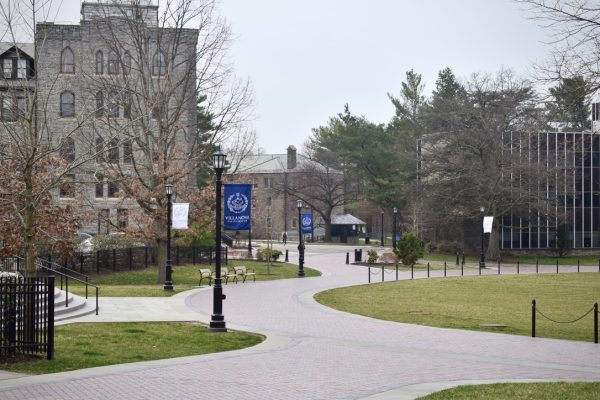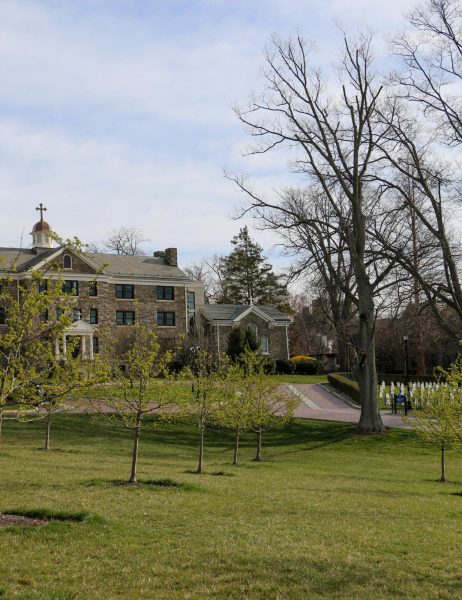SGA lacks diversity

January 21, 2016
As it stands now, Villanova’s Student Government is predominantly white and predominantly male. The approximately twenty members elected and appointed to represent our student body and serve as a bridge to school administration are severely lacking in diversity. While there are a few exceptions to this glaring problem, it should not rest on only a single demographic to speak for such a large part of our campus population. Why does such a major institution like student government have such uniform representation?
This conversation has many facets. Recent years’ trends suggest that freshman class council elections are the most diverse of SGA—a reflection of the greater number of students running. As the foundational number of students running declines over the years, diversity declines with it. One can attempt to address why fewer and fewer female and non- white students seem to be running. It is most probable that the lack of diverse candidates is a reflection of a lack of candidates in general. The number of options students have at the polls is relatively small and doesn’t leave many options. This is in turn is a reflection of a lack of participation of the student body in government in general. Why is this? Do students not care about what’s happening on campus and in the administration? It’s unlikely.
Low student participation in Villanova’s government is likely due to a general misunderstanding regarding what SGA does and the extent of its influence on certain issues. At its core, SGA acts as a tool for students navigating campus life. Thus, if students don’t fully understand how they can best utilize this tool, the organization becomes obsolete.
A governing body that doesn’t accurately represent its constitutes leaves itself open to misjudgments regarding integral decisions and issues on campus. Furthermore, a homogenous SGA makes itself inaccessible to female and minority students who might not feel comfortable discussing their concerns with officers who don’t understand their point of view. It’s unlikely that SGA welcomes this lack of diversity (with good reason), but our campus could see an increase in general participation and candidates pursuing positions of leadership following an increase in education regarding what SGA does and what tools they have access to in the implementation of change on campus.
It should be noted that SGA has employed an external committee made up of SGA officers and non-officers alike in the pursuit of the re-writing of the school’s constitution—a step that should be applauded as it broadens the conversation of such a vital part of campus life and administration policies.
The campaign season for next year’s student government officials starts this March, with elections in April. Student government should use this time to better educate the student body on how SGA works and how they act as a tool for students. Students should also use this time to better educate themselves on the process of student government. Even if you don’t decide to run yourself, survey the candidates and their platforms and participate in the election. The Villanovan will be closely following the election as well as the school’s constitution re-write, which hopefully be ratified in April.





